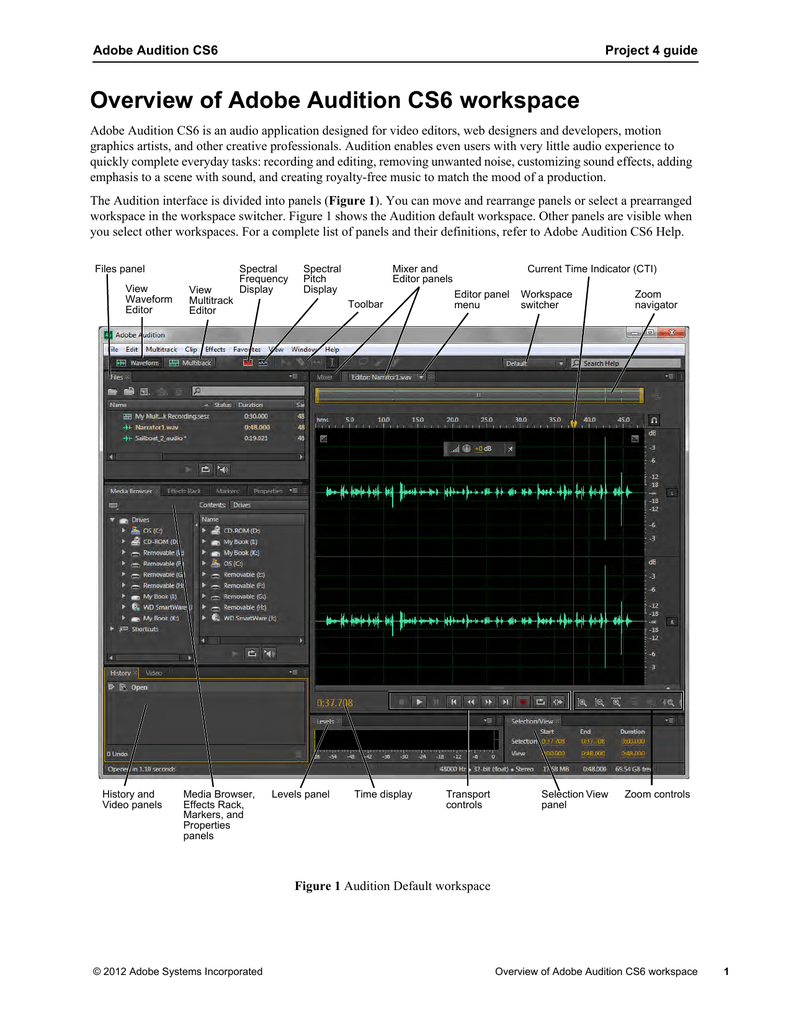

“The Girl with the Dragon Tattoo” had 483 hours of footage with 443 hours of selects. As an example…“The Social Network” had 324 hours of footage and 281 hours of selects. Specific selects are usually called star or circle takes (“good” takes as noted by the script supervisor) and all these shots together are used to build the rough cut. It can be a great read of dialog or a sideways glance in-between takes. Selects can be any shot or take the editor deems worthy to contribute to the story. On projects with gargantuan amounts of footage…the editor (or assistant) must plow through hundreds of hours and pluck out the selects. I recently was excited as shit to watch Oscar Winners: Kirk Baxter and Angus Wall utilize the same method. With tighter schedules and deadlines kicking on your door…every little bit helps. This is a technique I use for dramatically speeding up my initial rough cut. Bonus Trivia! If you pay attention…there is some form (actor or image) of Davy Crockett in every one of David Zucker’s films. Day 2 of the edit was all of a sudden smoother than butter…he got his shots instantly and we had more time to talk about his hero, Davy Crockett…and Woodford Reserve Bourbon. By switching to Thumbnail mode, I could visually spot the take on my monitor without previewing it on the big screen. He would say, “That’s not it.” I would reply, “I know…just looking for it.” Once that dialog loop of pain played out for 8 hours, something had to give. He would assume if it was up there…it’s the shot he called for.
#Adobe audition cs6 tips tv
This was happening on a huge plasma TV above my edit station (mirroring my source/program panel) that David was viewing. I had previously been in List mode and I would have to playback a shot to make sure it was the right one.
#Adobe audition cs6 tips series
With Thumbnail mode, I could easily spot the scene and series of shots he requested and jump on the last one for playback. He wanted to see them right away…from the last take of a scene, back to the first. I had to match his tempo as he called out specific takes that he wanted to explore. His energy level is off the charts and his brain worked at hyper-speed during the 5-month post run. I learned more about editing comedy in the first week from him than anyone could imagine. I edited the feature film, “An American Carol”, for director David Zucker (Airplane!). The biggest reasons I use Icon/Thumbnail mode is speed. Usually the default image will give you enough visual reference to see what you need…but it’s nice to have the capability to be more specific if needed. “Right Click” on the clip and choose “Set poster frame”. You can also use the “Hover Scrub” feature to pick the Icon frame that you want. Smaller for laptop edits (ARG! I hate thee!) and larger for desktop systems and dual monitor set-ups. In Premiere, you can resize the thumbnails to fit the bin relative to your screen size. I choose Icon view over List view every time. Staying sharp over long periods of time is a trait of the most successful editors. Your eyes will bleed and your brain will turn mushy after one too many “needle-in-the-haystack” endless searches.Įditing is a marathon, not a sprint (expect when the deadline is looming) so use the CPU in your head efficiently. One of the biggest time-sucks is hunting down one rogue file that is hidden amongst dozens, if not hundreds of multi media files with different extensions and version numbers. Try not to float assets in the project window, as it will bite you in the ass. The time you spend up front will be paid back tenfold once you are buried deep in the edit.

The best way to have an effective workflow is to organize your project. I don’t want to be cooped up in my edit cave too long…there is a world out there that I would like to see while the sun is still up! The project will still be there when you come back…have no fear. I would like to share 5 Adobe CS6 editing tips that will save you time, energy and hopefully a couple brain cells as we all know how strenuous and taxing low budget productions can be! I’ve been using Adobe Creative Suite almost exclusively for the past several years and will focus on how I use Adobe Premiere, After Effects and Audition to speed up my workflow and get high quality results in the shortest time possible. In Part Two, I want to walk you through the post-production workflow of how I cut, colored and accomplished the sound mix in 4 days.


 0 kommentar(er)
0 kommentar(er)
